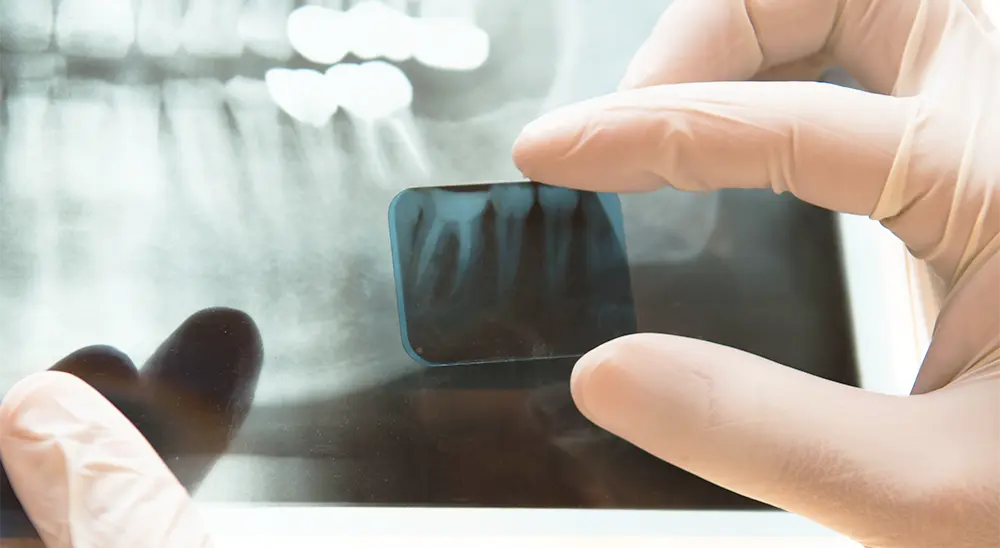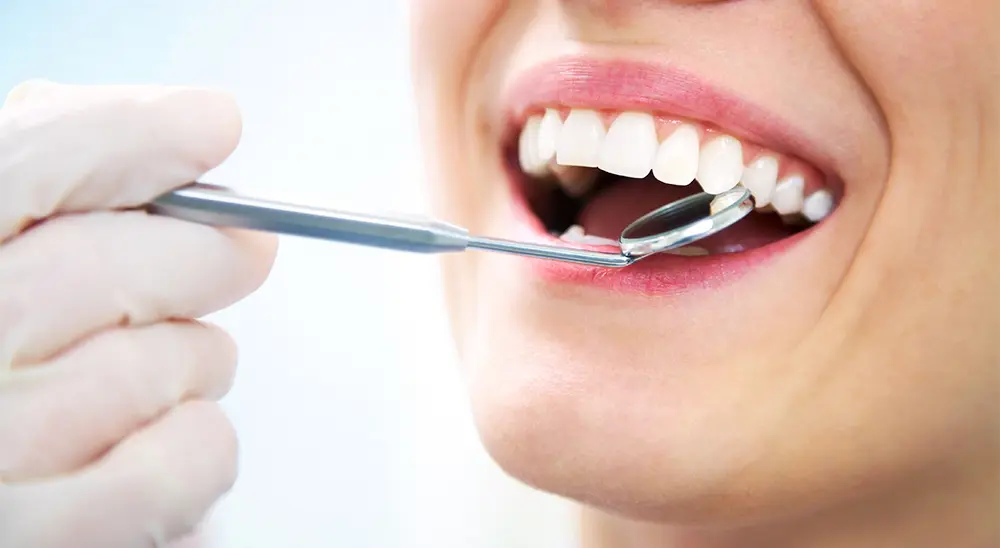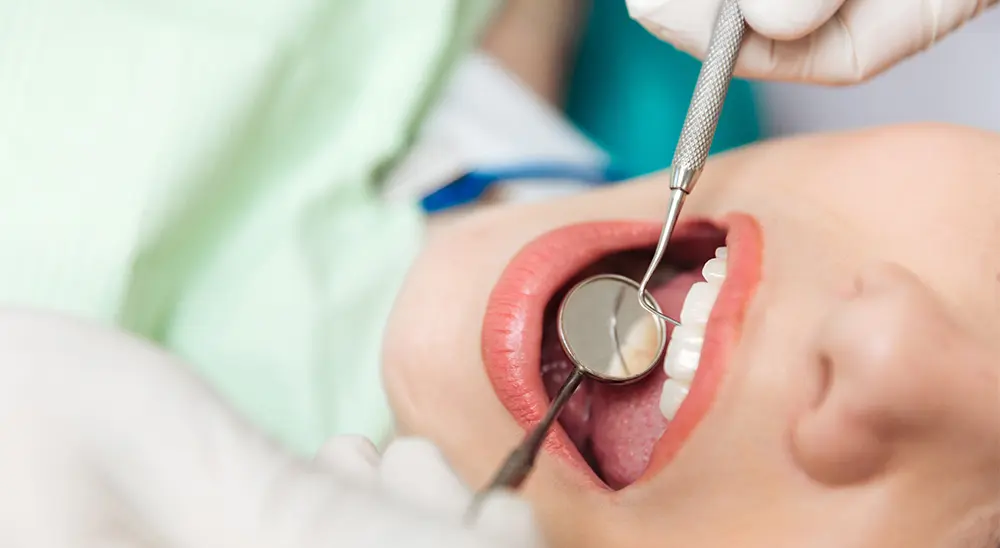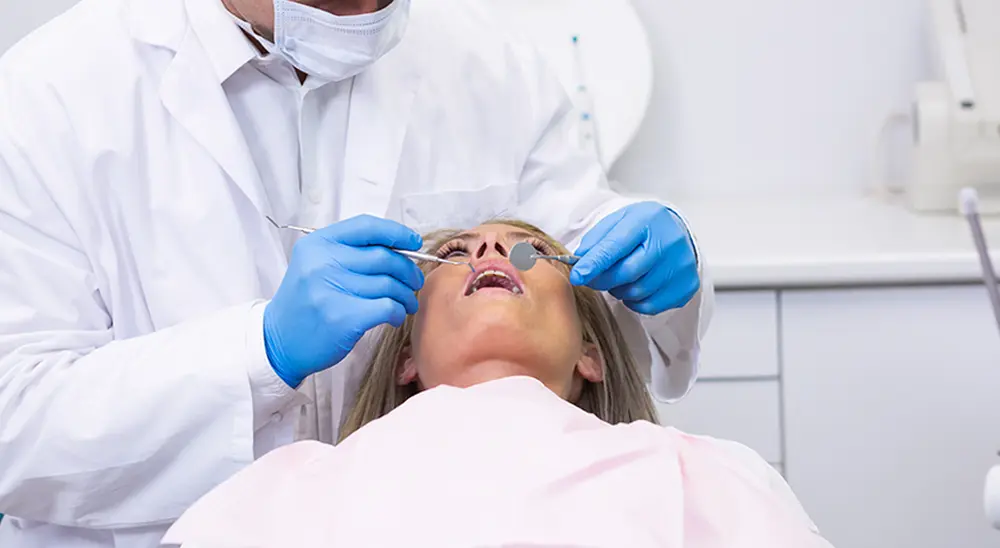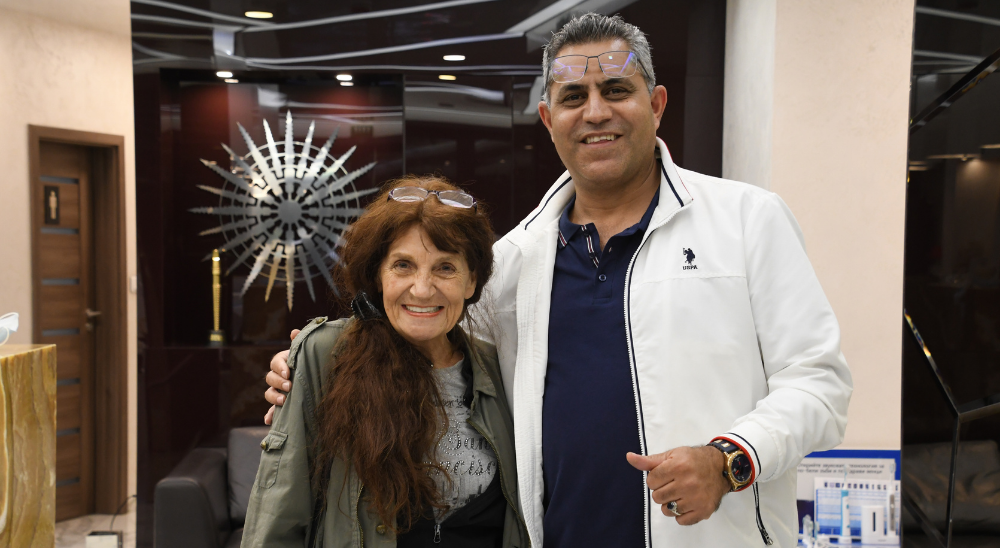
The story of Cookie
Can patients with bone loss have dental implants?
Today we will tell you the story of Cookie, our Florida patient who wore removable dentures for 10 years. After a recommendation from a friend of hers, Cookie decided to turn to us and find her final and long-term solution at Nurident Dental Clinic in Sofia, Bulgaria. How did her treatment go? Read in our new article! + Video interview
Cookie had severe bone atrophy, but this did not prevent us from achieving a complete change in the smile of both jaws with basal implants, within 3 working days.
What is bone loss?
Our teeth are surrounded by bone (alveolar bone), the volume and density of which directly determines the presence of teeth in the oral cavity. When the teeth are unpromising and need to be extracted, after extraction, the bone reduces its density and volume by up to 25% in the first 6 months and up to 40% in the first year. After that, the process of “melting” of the bone continues, but at a much slower pace.
Why the process of “melting” of the bone does not stop, even if patients wear removable dentures?
In order to stop the process of remodeling of soft and hard tissues, it is necessary for the body to be “deceived” that there are still tooth roots in the bone. For this reason, dental implants are placed. Removable dentures do not stop the process of physiological bone atrophy.
In such cases, the structure of the whole face changes – it sags, the chin moves forward, the tone of the facial muscles decreases, the nasoabial folds deepen, the corners of the lips sag, etc.
Why did Cookie replace the removable denture with dental implants?
Removable dentures often fall out of the oral cavity and cannot be well attached to the jaw, no matter what kind of fixing creams the patient uses. Dental implants not only do not fall out of the mouth, but also prevent the process of physiological bone atrophy.
After the placement of dental implants, the bone atrophies many times less. The other advantages are that during the treatment with dental implants, the muscle tone remains unchanged, respectively the facial aesthetics is maintained. The patient speaks normally without lisping and the chewing activity is the same as in people with natural dentition.
Cookie’s treatment plan:
– Placement of 18 immediate BasalFix basal implants on the upper and lower jaw (total)
– Placement of permanent metal-ceramic structures (made with laser) on the upper and lower jaw
Duration of treatment: 3 working days
You can watch what Cookie’s treatment went through in the attached video interview:



